Worldbuilding is a crucial aspect of storytelling, shaping the setting, history, and atmosphere that bring a novel to life. Traditionally, this process takes a significant amount of time and effort. However, AI tools like ChatGPT are revolutionizing how authors build their fictional worlds, making the process faster, more dynamic, and highly detailed. This guide explores how writers can legally and ethically use AI-generated content for worldbuilding, character development, and book marketing.
Writers working in fantasy genres are increasingly using AI to expand their settings, this piece on AI-assisted fantasy worldbuilding explores how it’s being done.
Table of Contents
The Role of AI in Worldbuilding
Using AI for worldbuilding doesn’t mean replacing creativity—it means enhancing it. AI can help authors develop their settings, history, and lore efficiently by generating structured responses based on detailed prompts. With the right approach, AI can assist in crafting immersive environments while ensuring consistency across the story.
Writers exploring different tools beyond ChatGPT might find this list of ChatGPT alternatives useful for comparing features and writing support.
Key Benefits of AI-Assisted Worldbuilding:
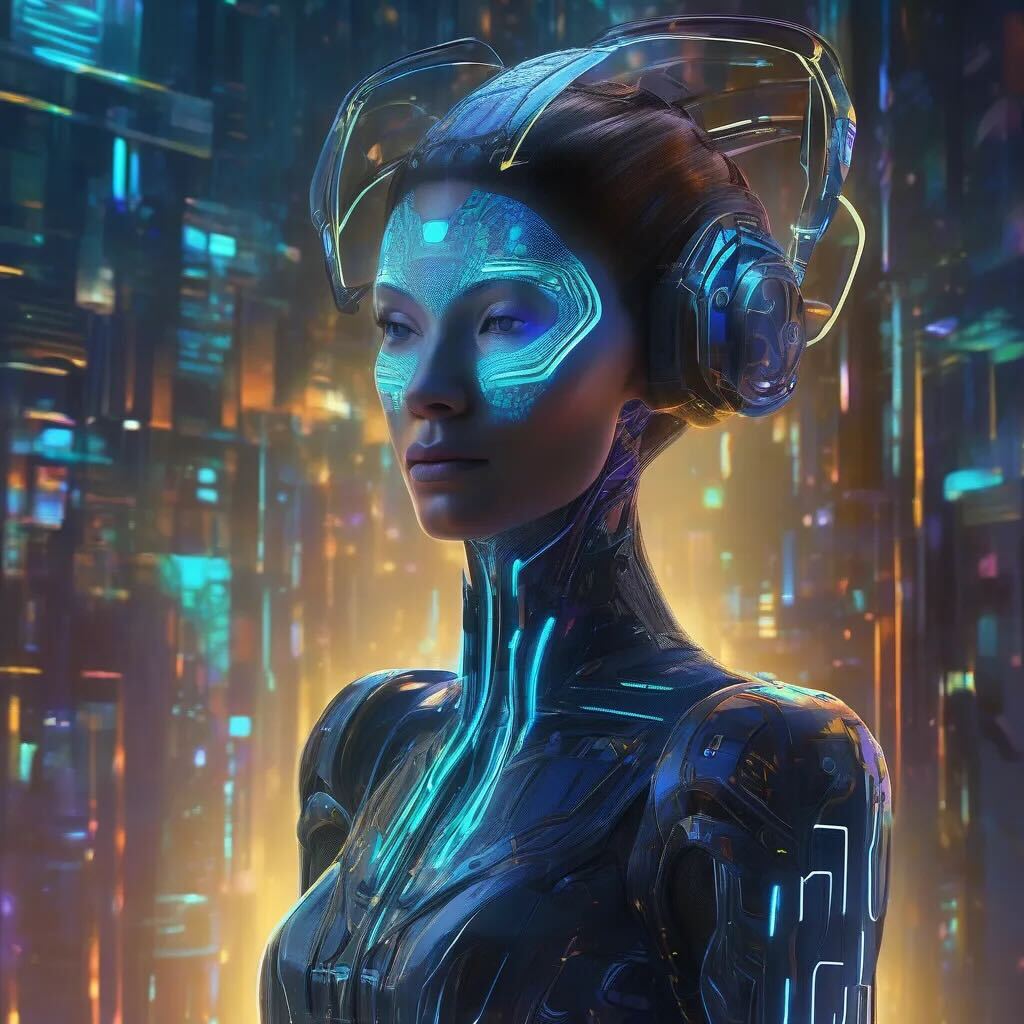
- Saves time: AI streamlines the brainstorming process, allowing authors to focus on storytelling.
- Enhances creativity: Generates new ideas and perspectives writers might not have considered.
- Ensures consistency: Keeps worldbuilding details organized and accessible for reference.
- Helps with research: AI can simulate how various world elements interact, reducing the need for extensive external research.
Getting Started: Crafting Effective AI Prompts
The key to leveraging AI for worldbuilding lies in the specificity of the prompts you provide. The more detailed the prompt, the more useful the AI-generated content will be.
Example Worldbuilding Prompt:
I am writing a dystopian novel set 300 years after a nuclear war in the United States. The story takes place in a forest outside a ruined city, half a day’s walk from civilization. Describe the history of the world, how the landscape has changed, what homes look like, how people survive, what they eat, and what types of jobs exist in this post-apocalyptic society. Provide a 10-paragraph response.
By structuring your prompt with clear parameters—location, timeline, environmental conditions, and key worldbuilding questions—you ensure the AI delivers useful, well-organized responses.
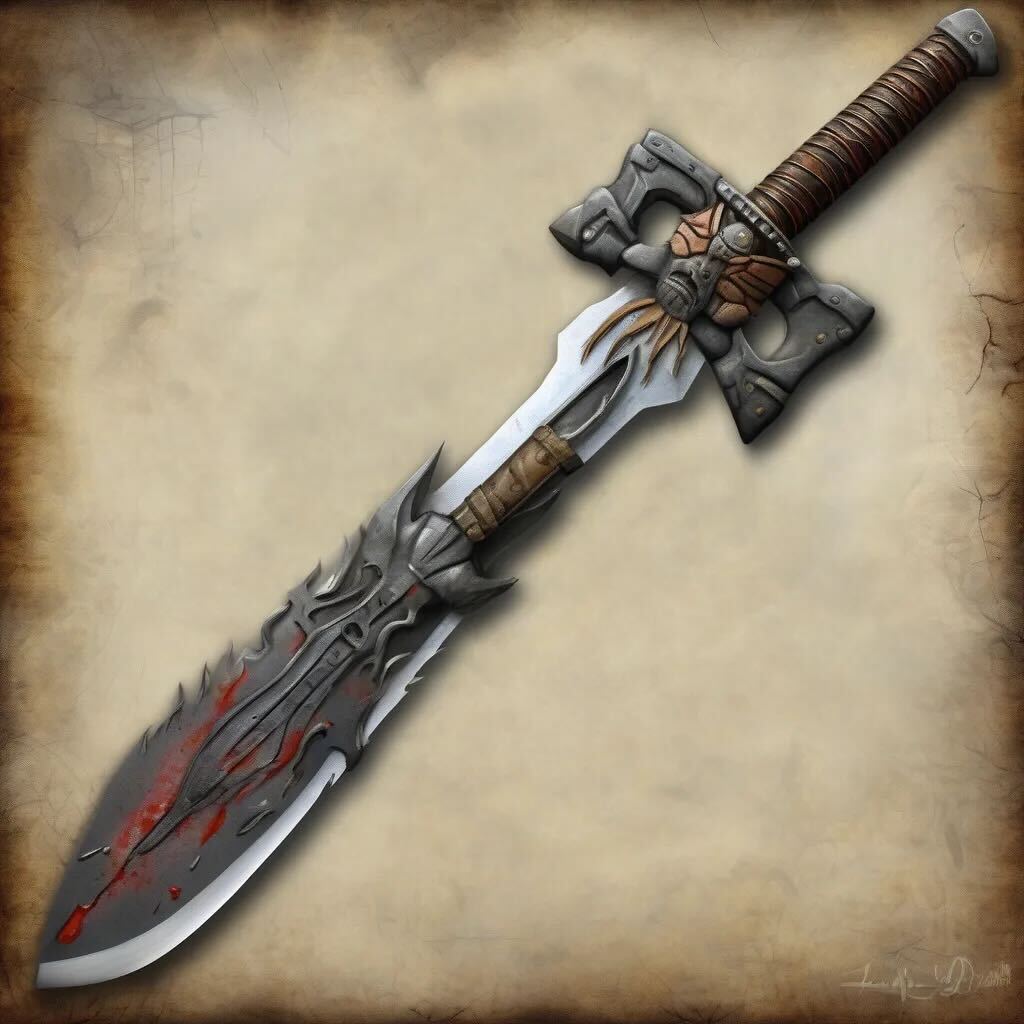
Using AI for Environmental Descriptions
AI can help paint vivid landscapes, describing how a world has changed due to external factors such as war, climate shifts, or magical influences. For instance, a dystopian setting might feature:
- Crumbling cities: Skyscrapers overtaken by vines, abandoned streets, and remnants of past civilizations.
- Overgrown forests: Nature reclaiming the land with towering trees, hidden pathways, and dense underbrush.
- Survival challenges: Toxic air requiring masks, extreme weather, and scarce food sources.
Visualizing settings can also be enhanced with AI-generated art—this overview of AI fantasy art tools and prompts offers some creative inspiration.
Example AI Response for a Post-Apocalyptic Forest:
The once-thriving urban landscape has given way to a sprawling, untamed wilderness. Towering trees stretch towards the sky, their roots weaving through the remnants of crumbling highways. The air carries a thick haze, remnants of nuclear fallout that cast an eerie glow under the moonlight. Small settlements dot the edges of the ruined city, their occupants relying on hydroponic farming and foraging to survive. In the distance, rusted vehicles sit frozen in time, half-buried under layers of dirt and vegetation, a haunting reminder of the world before the war.
If this description isn’t quite what you’re looking for, AI allows you to refine your vision by asking follow-up questions:
- What does the air quality look like post-nuclear war?
- What specific plants and animals have adapted to survive in this setting?
- How does the dystopian government maintain control in this harsh environment?
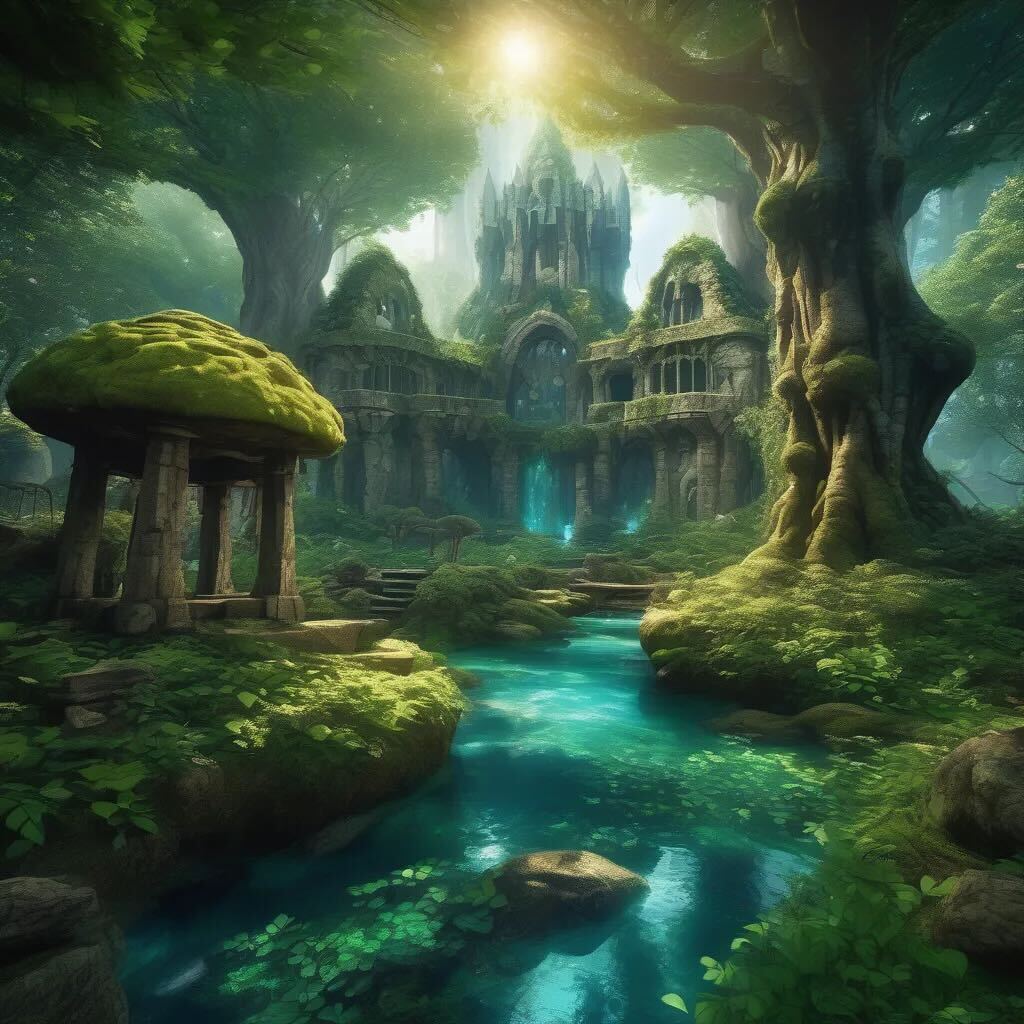
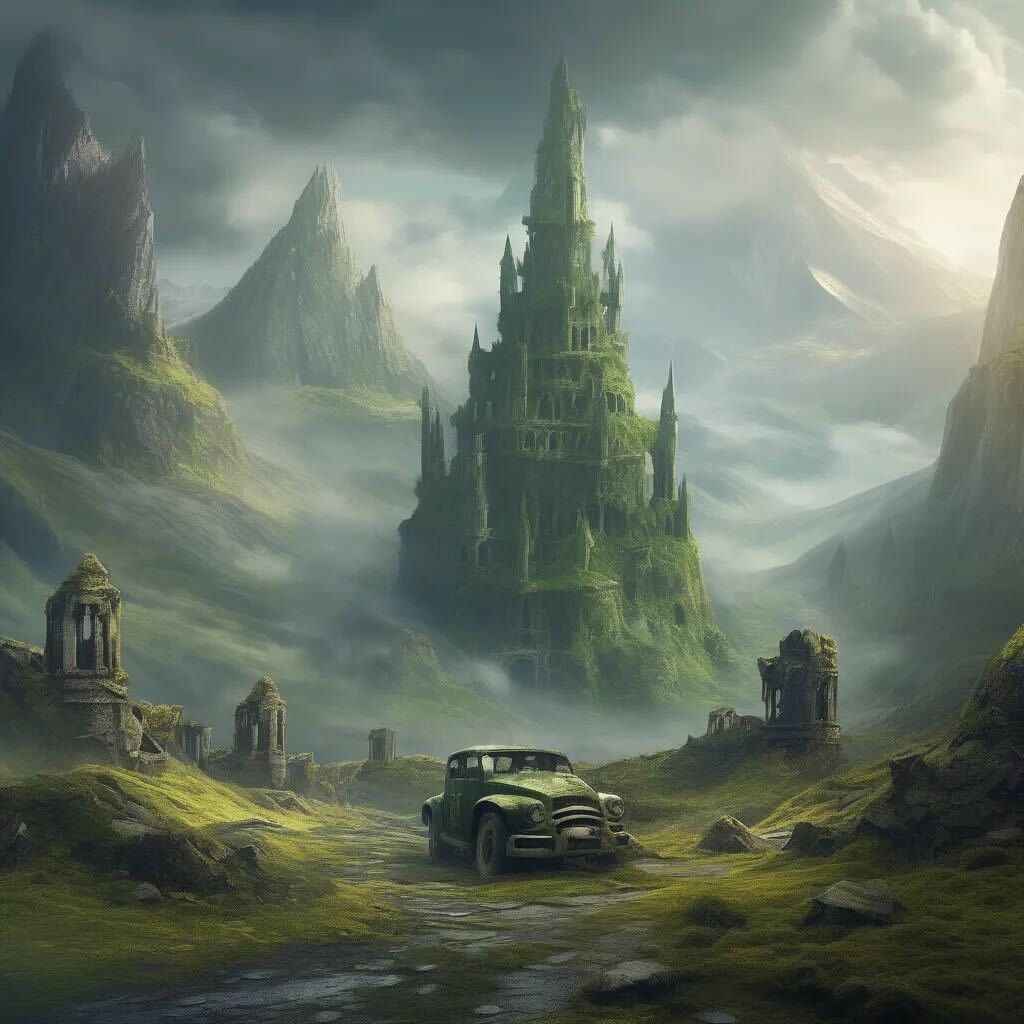
AI for Character Development
Beyond setting creation, AI can assist with character development by generating backstories, personality traits, and conflicts.
For those focusing on character depth and backstory, this guide to AI character creation outlines tools and techniques that can support the process.
Example Character Prompt:


I am creating a protagonist who is a descendant of a noble family, seeking revenge after betrayal. They live in a post-apocalyptic world where survival depends on wit and resourcefulness. Describe their appearance, skills, and motivations.
AI-generated responses can serve as a foundation that authors refine, ensuring consistency and depth in their characters.
For a more comprehensive breakdown of techniques and prompt strategies, this complete AI worldbuilding guide expands on how to build cohesive settings.
Ethical Considerations and Copyright Issues
While AI can be a powerful tool, authors should be mindful of legal and ethical considerations:
- AI-generated text is not copyrightable: According to current laws, any content created entirely by AI cannot be copyrighted, meaning others could potentially use similar AI-generated material.
- Avoid direct AI-generated passages in published books: Instead, use AI for brainstorming and outlining rather than direct text inclusion.
- Follow publisher guidelines: Many book distributors have regulations regarding AI-generated content, so always check their policies before submission.
For creators working on tabletop campaigns, this guide to building Dungeons and Dragons worlds offers genre-specific insights into world design.
Final Thoughts
AI is transforming the writing process, making worldbuilding faster, richer, and more immersive. By using AI to generate ideas, expand descriptions, and clarify world mechanics, authors can craft compelling settings while maintaining full creative control. However, it’s essential to use AI responsibly, ensuring originality and adherence to legal guidelines.
Are you interested in a list of specific AI prompts to refine your worldbuilding? Let us know, and we’ll create a follow-up post with a comprehensive guide to structuring the best prompts for AI-generated storytelling!
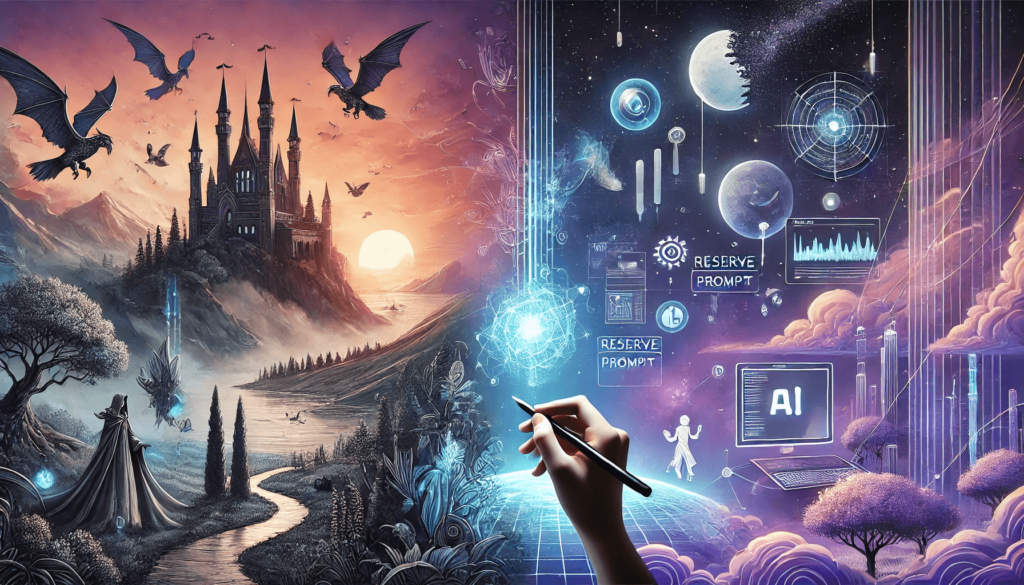
🧭 Ready to Start Building a World of Your Own?
Whether you’re designing a shattered dystopia, a thriving magical empire, or a character-driven space colony, AI can help streamline the process and spark new ideas.



